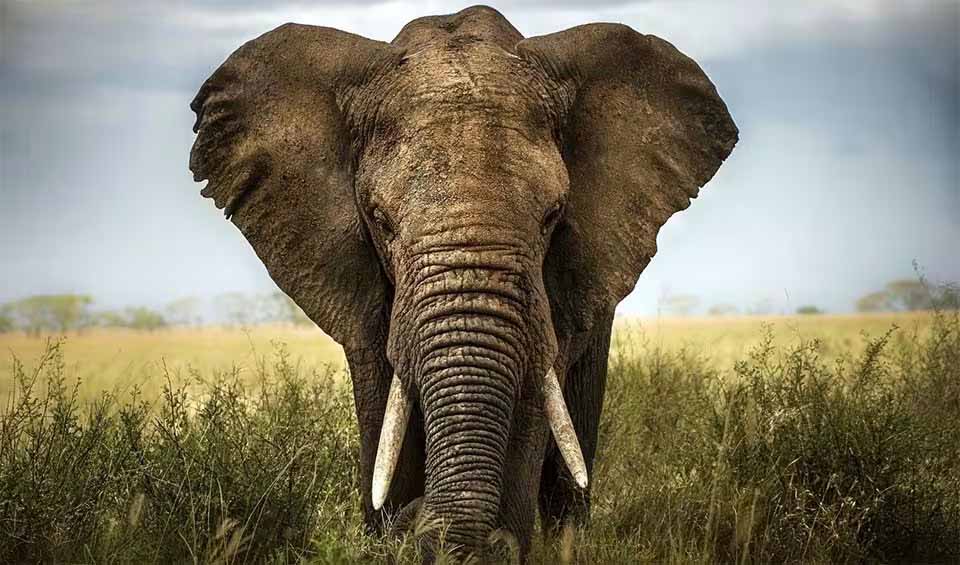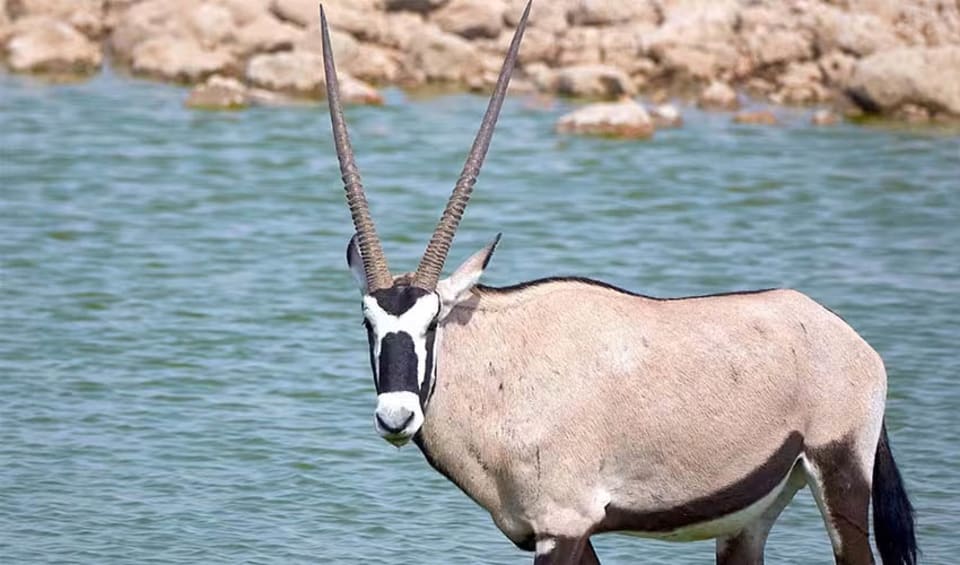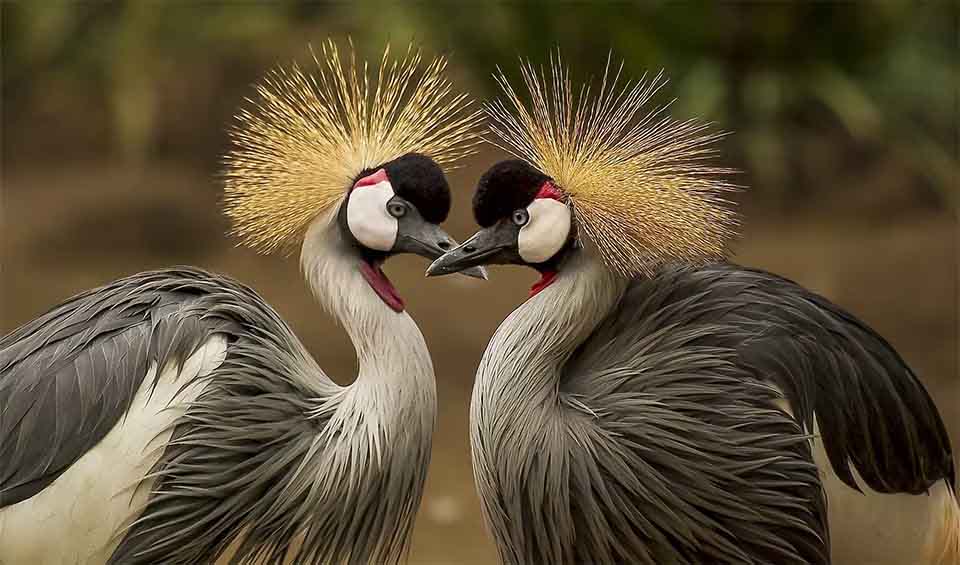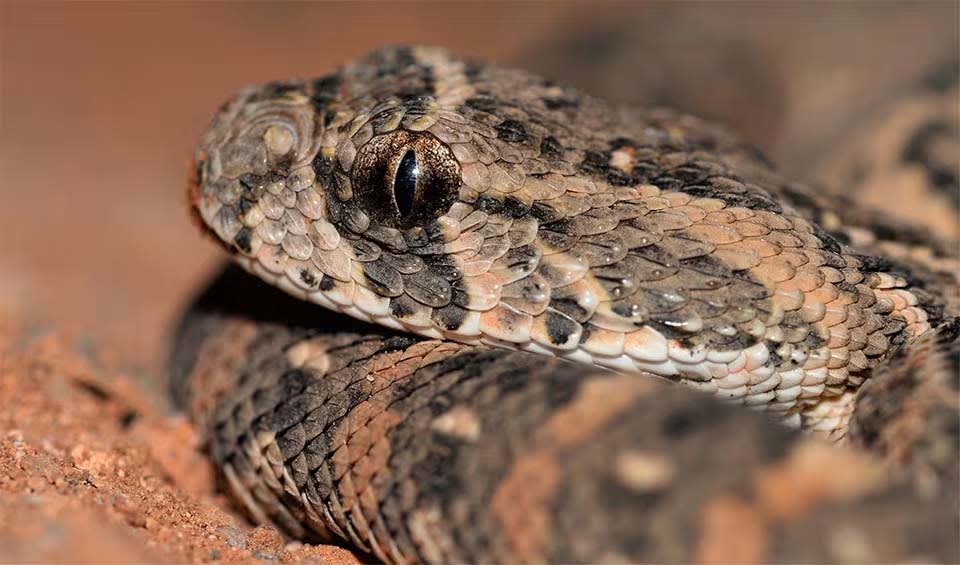Zimbabwe is a country rich in biodiversity and diverse ecosystems, offering substantial opportunities for economic growth and sustainable development. The nation is predominantly covered with savanna (tropical grassland), and its forests and woodlands span 53% of its land area, flourishing particularly due to the moist summers.
The only true forests in Zimbabwe are the evergreen forests along the eastern border and the savanna woodlands, which include regions of teak to the northwest of Bulawayo. The country’s rural communities heavily rely on this biodiversity for their livelihoods, utilizing biological resources for trade, as well as sourcing food, medicine, and timber from their natural environment.
Four pillars elaborated:
Zimbabwe boasts seven wetlands of international significance, recognized as Ramsar sites. These include Mana Pools, Cleveland Dam, Driefontein grasslands, Monavale wetland, Lakes Chivero and Manyame, Chinhoyi Caves Recreational Park, and Victoria Falls National Park, encompassing a total area of over 4,500 km² (450,000 hectares). These sites are vital for supporting both local communities and wildlife, and they serve as significant attractions for tourism and recreation. Land Management
Land Management
Approximately 35% of Zimbabwe’s land area is forested, with 49 forests included in the protected area network; 22 of these are specifically designated for the conservation of indigenous forests and are managed by the Forestry Commission of Zimbabwe. However, the country faces an annual loss of around 3,300 km² (330,000 hectares) of forest land due to factors such as agricultural expansion, tobacco curing, heavy reliance on wood fuel, increasing demand for human settlements, uncontrolled veld fires, and invasive alien species.
In Zimbabwe, biodiversity faces multiple threats, including agricultural expansion, infrastructure development, settlement encroachment, excessive dependence on wood as an energy source, illegal wildlife trade, pollution, invasive alien species, and climate change. Deforestation is primarily fueled by agricultural expansion and the reliance on wood energy. Unsustainable farming practices, resource extraction, and veld fires pose significant risks to wetlands. Threats to Biodiversity
Threats to Biodiversity
The country has identified over 150 non-native species, 30 of which are considered among the world’s 100 worst invasive alien species, such as Lantana camara, black wattle, Nile tilapia, patula pine, and water hyacinth. Additionally, a dramatic increase in poaching and the illegal wildlife trade is jeopardizing Zimbabwe’s diverse wildlife, threatening the existence of elephants, rhinos, cheetahs, lions, and hippos.
Zimbabwe has prioritized biodiversity conservation, designating over 832,662 (8,326.62 km²) hectares as gazetted forests and 5,403,500 hectares (54,035 km²) as national parks, safari conservancies, and other protected areas. In 2010, a significant 44,000 km² (16,988 mi²) area in the Zambezi Valley was designated as a UNESCO biosphere zone. Initiatives such as wildlife and forest-based land reform, reforestation, the National Fire Strategy, and integrated water resource management have been instrumental in reducing biodiversity loss. Efforts to restore agro-biodiversity in key food crops like maize, sorghum, and millet have included promoting farmers’ landraces through community seed banks and collaborative efforts with national gene banks. Legal amendments recognizing farmers’ rights to conserve, save, and market local seeds mark a substantial achievement. Capacity and Governance
Capacity and Governance
Additionally, the introduction of access and benefit-sharing regulations has empowered local communities. Awareness of biodiversity’s economic importance has been boosted through various programs, including policy-maker education and national school debates on sustainable forest management. Research and extension approaches to biodiversity conservation and sustainable use have evolved, including surveys on large mammals, vegetation, and medicinal plants, as well as research on invasive species like Thaumastocoris peregrinus and Leptocybe invasa. Efforts have also been made to clear major water bodies of water hyacinth and introduce drought-tolerant crop varieties in arid regions of the country.
The National Biodiversity Strategy and Action Plan (NBSAP-2) for Zimbabwe sets forth the country’s objectives for biodiversity conservation, sustainable use, and equitable benefit sharing. The plan also examines how Zimbabwe’s rich biodiversity can drive sustainable development, highlighting both opportunities and challenges in creating a biodiversity-based economy. Looking ahead, the plan includes initiatives to tackle resource mobilization, and to organize national consultative workshops focused on the Ecosystems Approach as well as monitoring and evaluation strategies. Future Trends
Future Trends
Biodiversity
Savannas and grasslands dominate much of Zimbabwe’s landscape, particularly in Hwange National Park and Gonarezhou National Park. These ecosystems support large populations of elephants, buffalo, zebras, and various antelope species. Predators such as lions, leopards, and cheetahs are also common. The savannas are characterized by a mix of grasslands and woodlands, including species like the mopane and baobab trees. Hwange National Park is renowned for its large elephant population and diverse wildlife, making it a key area for conservation.Zimbabwe’s rivers and wetlands are vital for the country’s biodiversity. The Zambezi River, which forms the northern border with Zambia, is one of the most significant water bodies in the region. The river and its floodplains support diverse aquatic species, including hippos, crocodiles, and numerous fish species. The Zambezi River is also home to the iconic Victoria Falls, one of the world’s largest and most spectacular waterfalls. The wetlands and riverine forests along the Zambezi and other major rivers, such as the Limpopo and Save, provide critical habitats for waterbirds, amphibians, and other wildlife.
In the table below are the number of known species in several main groups, how many of these species are Threatened with extinction, and how many of them are Endemic (unique to Zimbabwe only):
| Species (World rank) |
Threatened | % Threatened | Endemic | % Endemic | |
|---|---|---|---|---|---|
| Mammals | 212 (#52) | 10 | 4.7% | 1 | 0.5% |
| Birds | 629 (#49) | 23 | 3.7% | ||
| Reptiles | 187 (#51) | 4 | 2.1% | 3 | 1.6% |
| Amphibians | 58 (#53) | 7 | 12.1% | 4 | 6.9% |
| Fishes | 146 (#170) | 6 | 4.1% | ||
| Plants | 6,398 (#48) | 52 | 0.8% | 232 | 3.6% |
mammals
African bush elephant
Size matters! The largest of the three elephant species and the largest extant terrestrial creature on our planet
Black rhinoceros
With 3 out of 8 subspecies have been declared extinct, illegal poaching puts these hooked upper lip rhinos in danger
Gemsbok
Their large, bat-like ears help them dissipate heat, keeping them cool in the hot desert climate
birds
Grey crowned crane
It holds significant cultural and spiritual importance in African cultures, often associated with wisdom, longevity, and good fortune
Steppe eagle
The treasured bird of Saladin, the first Sultan of Egypt
Kori bustard
These large birds may remind you of ostriches, but they can fly!
reptiles
Nile crocodile
One of the most iconic animals of Africa and the second largest reptile on earth
Puff adder
Notoriously grumpy, always putting on a dramatic hissy fit when approached
Gaboon viper
Gaboon viper has the largest fangs and highest venom yield of any snake on earth
National Animals
Sable antelope
Often revered in African folklore as symbols of strength, grace, and nobility—earning them nicknames like “the antelope of kings.”














